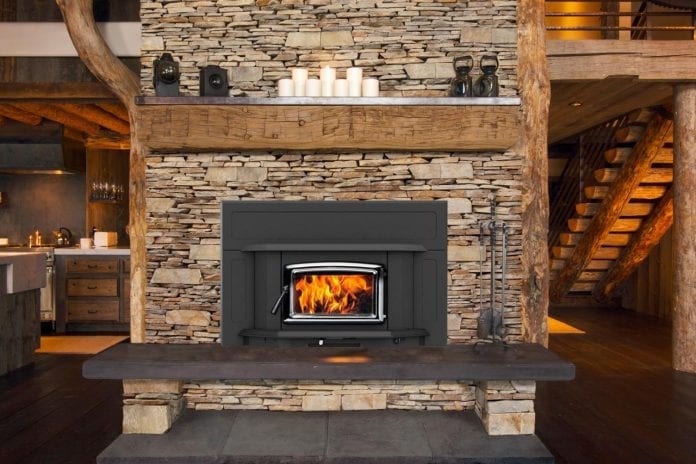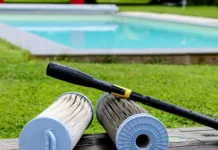Having a fireplace in the home can be warm, cozy, and inviting — but it can also be a lot of work. Whether you’re thinking of buying a home with a new fireplace, installing it in your current home, or just taking better care of your existing one, it pays to learn how to maintain your fireplace properly.
Why Maintain a Fireplace?
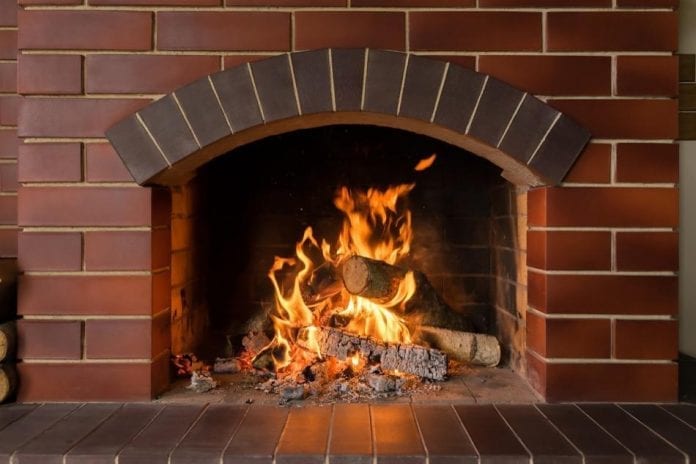
First, let’s address why it’s important to maintain a fireplace in the first place. Regular maintenance provides many benefits, including:
- Safety. Fireplaces can be dangerous if not properly used and cared for. In the United States, there are more than 25,000 chimney fires each year, resulting in more than $120 million in collective damage. If the fireplace accumulates creosote and becomes unable to function properly, it could greatly increase your risk of a house fire. Routine maintenance is all it takes to sharply reduce this risk and keep your family safer.
- Functionality. Maintenance is also a functionality issue. If your fireplace is appropriately cleaned and kept free of impediments, it will be able to distribute heat more efficiently – and you won’t have to worry about smoke or other gases working their way into your living room. This means you’ll be warmer and more comfortable, all while using less energy.
- Cleanliness. Fireplaces get dirty over time, both in the interior and on the exterior. Regular maintenance can help to clear this up, making it more aesthetically pleasing.
- Longevity. Your fireplace may suffer from wear and tear over the years. However, if you catch the damage early, you may be able to fix it without jeopardizing the long-term functionality of the unit. Additionally, using the fireplace responsibly will keep it working properly for many years to come.
Burn the Right Material
Good fireplace maintenance begins with using the right type of fuel. If you have a gas or electric fireplace, this shouldn’t be much of an issue. But if you have a wood burning fireplace, you’ll need to consider the type of wood you use carefully.
For example, it’s much better to burn hardwood; wood from trees like oak, ash, and birch tend to burn hotter and for a longer period of time. Even more importantly, they feature less pitch and sap. This means you’ll use less hardwood to keep your home warmer and you’ll experience less buildup of creosote and residue. Softwood is an inexpensive alternative, but it’s not as effective.
Use Fireplace Cleaning Logs (Sparingly)
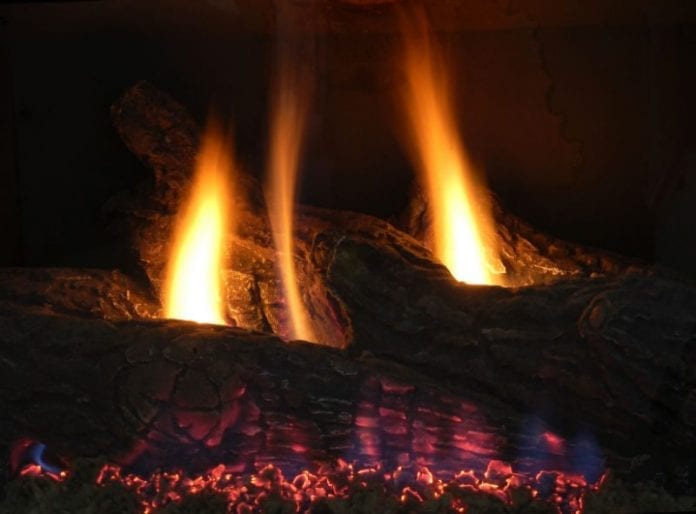
According to Complete Home Concepts, fireplace cleaning logs do work – at least to an extent. Creosote, if you’re not familiar, is a substance resembling tar that accumulates over time in your chimney and fireplace pipes. If you’re not responsible about managing creosote, it can trap gas and/or catch fire, presenting a major safety hazard to everyone in the home.
Fireplace cleaning logs contain a specialized chemical mix designed to change the chemical makeup of creosote, turning it from a sticky tar to a dry, flaky substance. As you can imagine, this doesn’t get rid of much creosote by itself – but it can be a useful tool.
Clean the Exterior
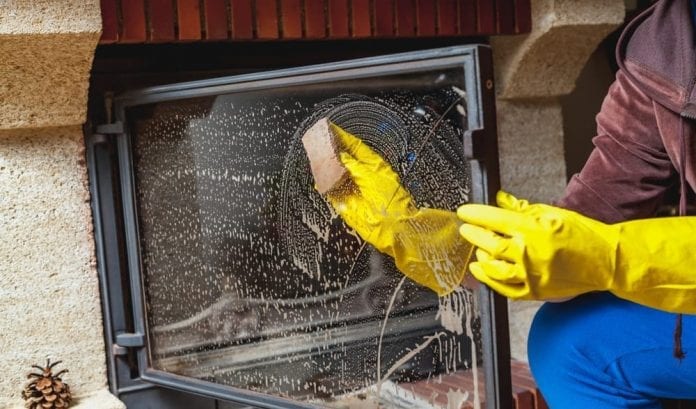
Here’s an easy tip: clean the exterior. It only takes a few minutes, but it can keep your fireplace looking its best. It can also get rid of dirt, dust, and other debris that may otherwise pose a fire hazard. While you’re at it, consider adding heat-proof glass doors to beautify the exterior and introduce an extra layer of protection.
Clean the Interior
Even if you’re using the best type of fuel, you’re going to see creosote buildup on the interior after a few fires. It’s important to clean this out on a regular basis to allow the fire to burn more efficiently and reduce your personal risk. If left unchecked, the debris here can become particulate and distribute throughout your house.
Pay Attention to Abnormalities
Keep an eye out for any abnormalities associated with the fireplace. For example, do you smell or see an excessive amount of smoke when you start a fire? Do you notice any soot where it shouldn’t be? Do you experience any other weird smells or weird activity in the fireplace? These are often a sign that something is awry, and you should inspect for possible issues.
In line with this, look for any damage that might spread or grow worse over time – like cracks.
Inspect and Clean Your Chimney
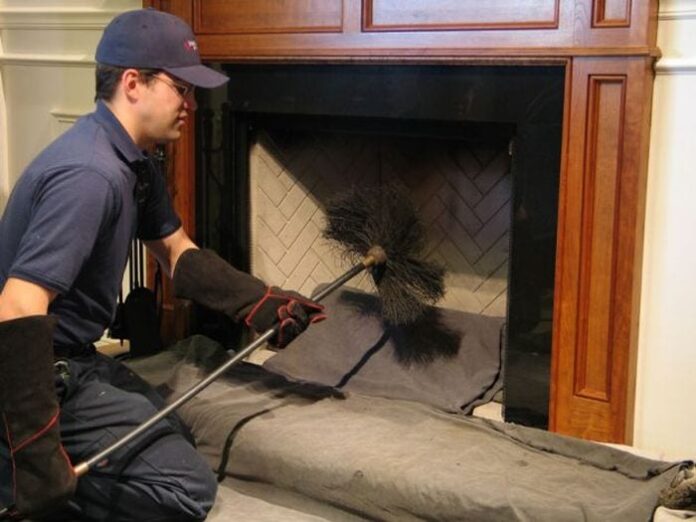
The chimney can become excessively dirty over time, with a buildup of creosote and other substances. A thick brush and a thorough cleaning can make it practically new (though this may be difficult to do on your own). While you’re at it, inspect the chimney for any damage. Are there any cracks in the mortar between bricks? If so, it may be time to make a replacement. Does your metal chimney have any dents, dust, or areas of rust? If so, it may require action.
Fix Small Issues Proactively
Whether it’s in the chimney, in the fireplace itself, or around the exterior, it’s important to fix small issues proactively. Small problems, like cracks, rust, or areas of structural weakness, can quickly escalate to become big problems – and much more expensive ones.
Call a Professional (at Least Occasionally)
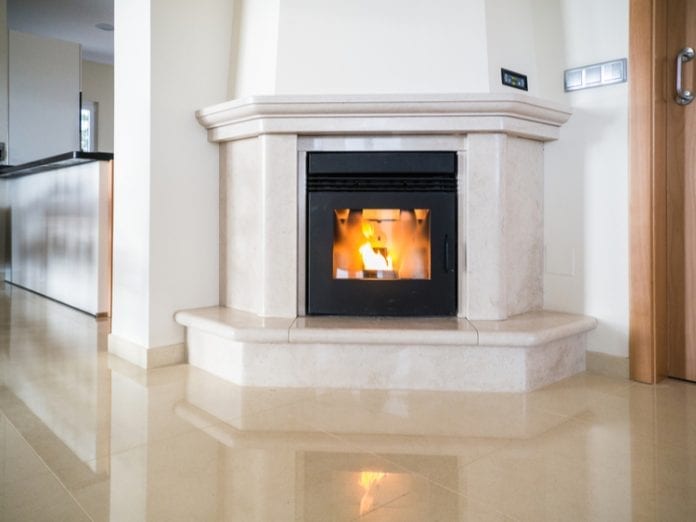
You may be able to handle the majority of the maintenance tasks on this list with reasonable aptitude. Even so, it’s a good idea to call a professional for a more thorough inspection, at least occasionally. Professionals will be able to spot things that you can’t see or notice – and they’ll have better, more efficient tools to give your fireplace and chimney a deep cleaning. Many homeowners have their fireplaces inspected on an annual basis for this purpose.
Regular fireplace maintenance doesn’t have to be expensive, nor does it have to be time consuming. Instead, even the most rudimentary fireplace maintenance habits can help you maximize the lifespan of your fireplace – all while keeping your family safer and warmer. Create a schedule so you don’t miss any important tasks.
